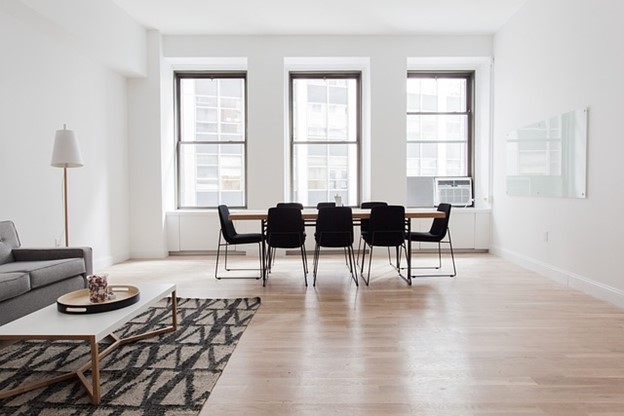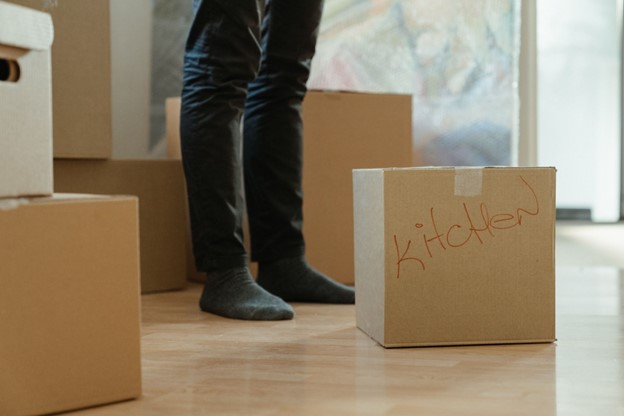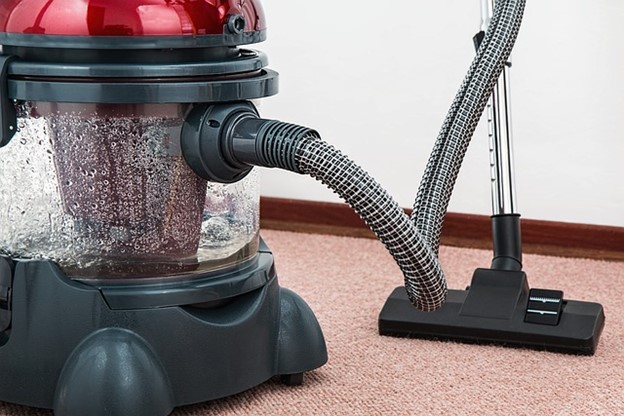Photo by pixabay.com
It didn’t use to be well-known that indoor air quality was often lower than outdoor air quality. Most people assumed that just because they have gotten rid of the dust inside their homes, the air inside those homes was less polluted than the air outside the home.
Today, we are realizing that this is not true.
According to Nelson Management Company, there are often more sources of air pollution inside the home than outside it. They include everyday things we use for combustion, such as gas, wood, kerosene, and tobacco products. These release toxic fumes that can harm the home’s occupants.
Other sources of air pollution in the home are treated wood products found in cabinetry and furniture; fumes from household cleaning and personal care products; toxic gases emitted by building materials, and outdoor sources like radon or lawn pesticides.
HVAC systems can also worsen the indoor air quality issues of a home. That is because of the relative lack of air circulation inside the home compared to outside it. This problem is due to the way HVAC systems are designed to work.
To maintain the home temperature at the desired levels, the HVAC requires limited airflow between the outside and inside of the home. Sealing up the openings, joints and cracks where air can enter or exit keeps cooled or warmed air from escaping.
But this limited ventilation has unintended consequences. The same air is recycled inside the home over and over with the result that the concentration of air pollutants often reaches very high levels. That is in contrast to what is happening outside the home.
To compound the issues, most people spend up to 90% of their time inside a climate-controlled building, making them more likely to suffer from respiratory problems. Unknown to these people, they are more at risk of exposure to air pollution inside their homes than outside.
Is there anything you can do about the problem?
7 ways tenants and property managers can improve apartment air quality
1. Clean carpets and furniture regularly
Photo by pickpik.com
Carpets and furniture are massive contributors to homes’ poor indoor air quality issues because of their ability to trap air pollutants. Regular cleaning of the carpets and furniture in the home using a vacuum cleaner equipped with a HEPA filter will limit this problem.
2. Limit or eliminate toxic products
Check household cleaning and personal care products to make sure they don’t contain toxic ingredients. Ventilate the home every time you use a cleaning product. If possible, use only untreated wood inside the house. If anyone has to smoke, let them do it in a well-ventilated area.
3. Replace filters when necessary
Dirty filters impede the ability of your HVAC to clean incoming air. Air filters are designed to trap the particles in the air, but those particles are reintroduced into the home if the filters are not cleaned or replaced as needed. Dirty air filters also impair the HVAC function.
4. Ventilate the kitchen when cooking
Smoke from the kitchen and cooking oil fumes are two of the biggest causes of air pollution in the home. It is impossible to eliminate kitchen smoke and oil fumes from the home. But you can ensure they are completely removed by installing an exhaust fan in the kitchen.
5. Pay attention to humidity levels
A lot of water vapor is released into the air during shower times (especially hot showers). This water vapor does not go away when you leave the shower. It lingers for a long time. Installing an exhaust fan in the bathroom and a dehumidification system in the home can help.
6. Install ceiling fans
Photo by pexels.com
Installing a ceiling fan will improve the circulation of air inside the home. Ceiling fans force the cooler air at the top of a room to circulate and dilute the stale warm air at the bottom. A ceiling fan can also improve the home’s humidity levels.
7. Test your indoor air quality
An indoor air quality test will help you identify the specific air quality issues in the home to devise more effective means to solve the problem. An indoor air quality test is especially essential if you live where radon exposure is an issue.
If you are still determining where to start with all these or you have started but would like to know if your efforts are yielding the desired results, you should talk to an experienced HVAC technician. A competent HVAC expert will point you in the right direction as far as the above tips are concerned.






 Photo by pexels
Photo by pexels


